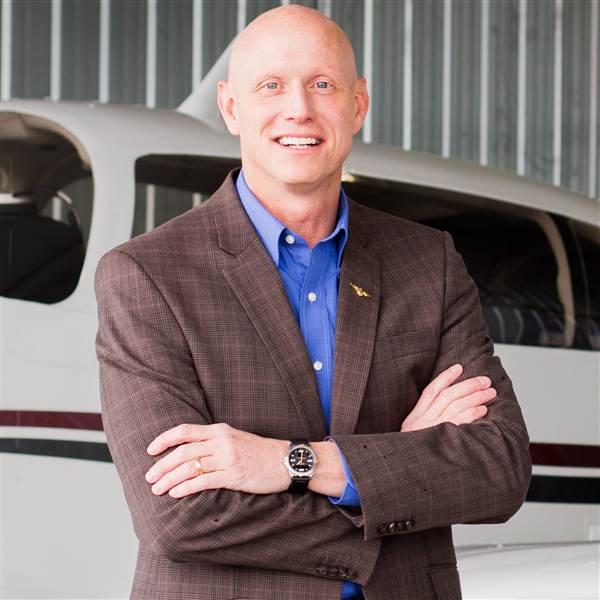Some time ago a friend and fellow general aviation pilot asked me what it was like to fly single-seat fighters. My answer surprised him: I said it’s a blast, although I never felt entirely comfortable. Since I was by myself, I never knew if I was missing or forgetting something. I was always cautiously attentive and could never fully relax. I knew intuitively that my training and checklists were there to keep me safe, but the need to check and recheck every detail was ever-present. Flying a GA aircraft by yourself is much the same. There are lots of in-flight items and duties that require careful attention, deliberate action, and careful planning.
In the hypercompetitive world of single-seat Navy fighters, the pervasive culture was one in which pilots were traditionally hesitant to admit mistakes. The belief was if pilots admitted mistakes, others would think less of them, and their prowess as a fighter pilot would be questioned. This belief is, of course, flawed—and the mindset ignores the fact that humans make mistakes (to varying degrees) on a regular basis. In time and after losing many pilots and aircraft to preventable accidents, the Navy took a hard look at the root causes. It should come as no surprise that, after realizing 70 to 80 percent of all aviation accidents are caused by human error, it was obvious to those in the safety community that the culture needed to change.
Over the past decade, that shift in culture took place. It was slow to happen—partly because of the natural human resistance to change and partly because that admitting mistakes ran counter to the fighter pilot bravado that had been fostered for decades.
In 2005 I was part of a squadron led by a former Blue Angel pilot. On his first day, he mounted a large piece of bent and distorted chain-link fence on his wall. I was in his office meeting my new boss for the first time and asked about the busted piece of fence. He said he had performed a low transition during an airshow practice and hit the fence with the tail of his F/A-18. Subsequently, his buddies on the team mounted it as a memento of his screw-up. “I keep it on the wall of my office as a reminder that no matter how good you think you are, we are all fallible. It keeps me humble,” he said.
This was the first time I’d seen someone of his stature, a F/A-18 squadron commanding officer and renowned fighter pilot, publicly acknowledge and even “embrace” a mistake, especially one as serious as that. It made a lasting impression and changed the way I thought about my flying, aviation safety, and how one creates a culture that promotes learning.
Later in my career, when I became a squadron commanding officer, I hadn’t forgotten the lessons from my former boss. I didn’t have a piece of busted fence to mount on my wall, but I knew there must be a way to convey the same message: A healthy safety culture admits fallibility and embraces the sharing of honest mistakes.
I started a program called “True Confessions.” During pilot meetings we would share our mistakes candidly with one another. We told stories and let everyone know about our in-flight learning experiences (mistakes). This type of open dialogue was encouraged, and true confessions became an effective method for turning mistakes into lessons learned. My “older” pilots were hesitant at first because this was a departure from the culture they had known. The new pilots embraced it quickly and liked the fact that they could make and share mistakes without fear of repercussion or diminished reputation.
Sharing honest mistakes helps everyone become better, safer pilots. So I’ll start—I recently took a trip to Tangier Island, Virginia, to drop off Christmas presents to kids who live on an island that is accessible only by boat or airplane. On board I had two passengers along with all the gifts, so my aircraft was fully loaded. The runway at Tangier Island is 2,400 feet long and, in a Mooney that loves to float, that’s relatively short.
A few years ago the runway was repaved and shortened and it now has a displaced threshold. My goal was to touch down right on the numbers so I’d have as much distance as possible to decelerate. I set up on a steady, stabilized final approach, had my airspeed set, and—when I thought the time was right—I pulled power and began my roundout and flare. Turns out the headwinds were just a bit stronger than I anticipated and I touched down just in front of the displaced threshold.
This was a learning experience and, given another opportunity, I would have left myself a bit more margin and touched down a few hundred feet down the runway instead of trying to be “perfect.” This confession is my version of a “busted piece of fence” and something I wanted to share. No one is perfect, and honest mistakes are going to happen. Sharing them with one another makes us all better. It’s not always easy or pleasant, but it’s in the best interest of safety.

